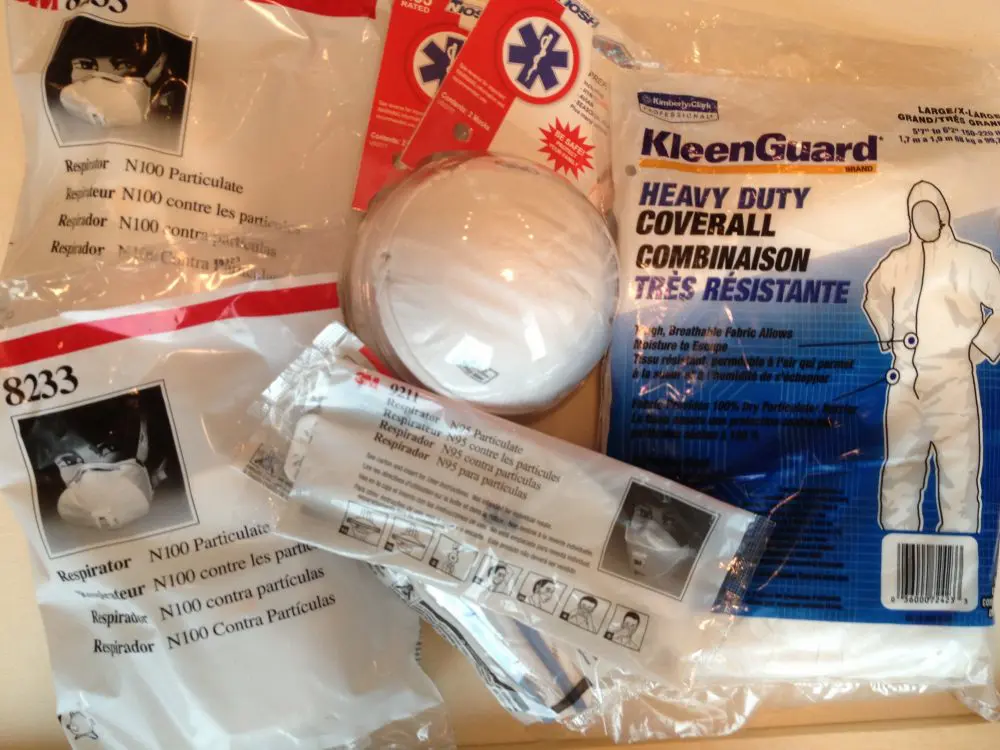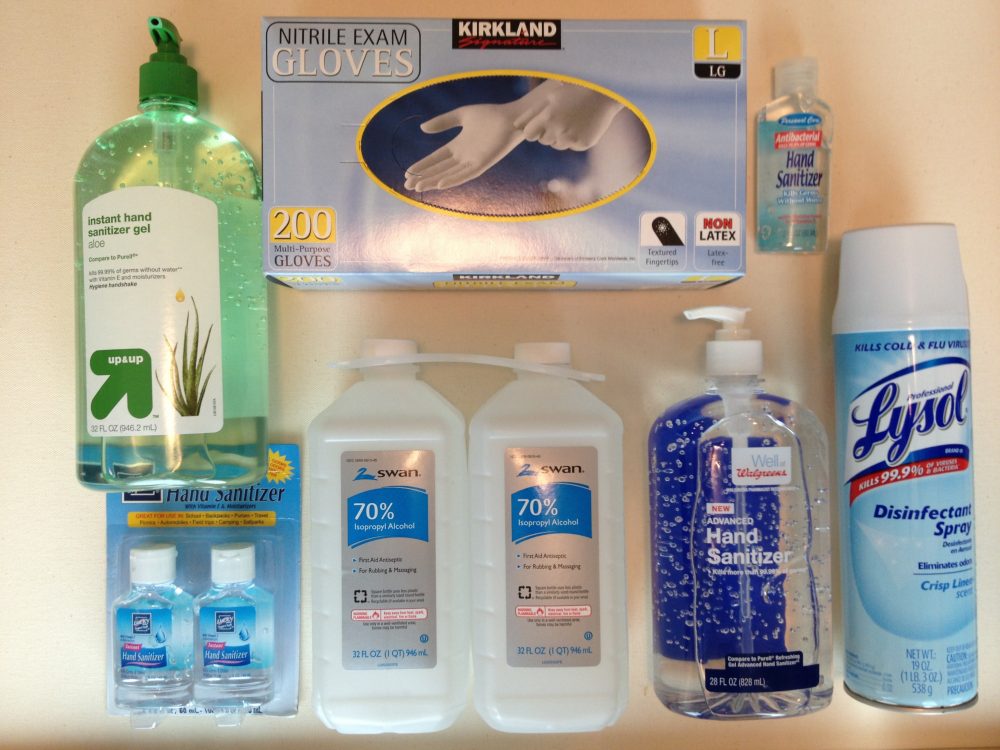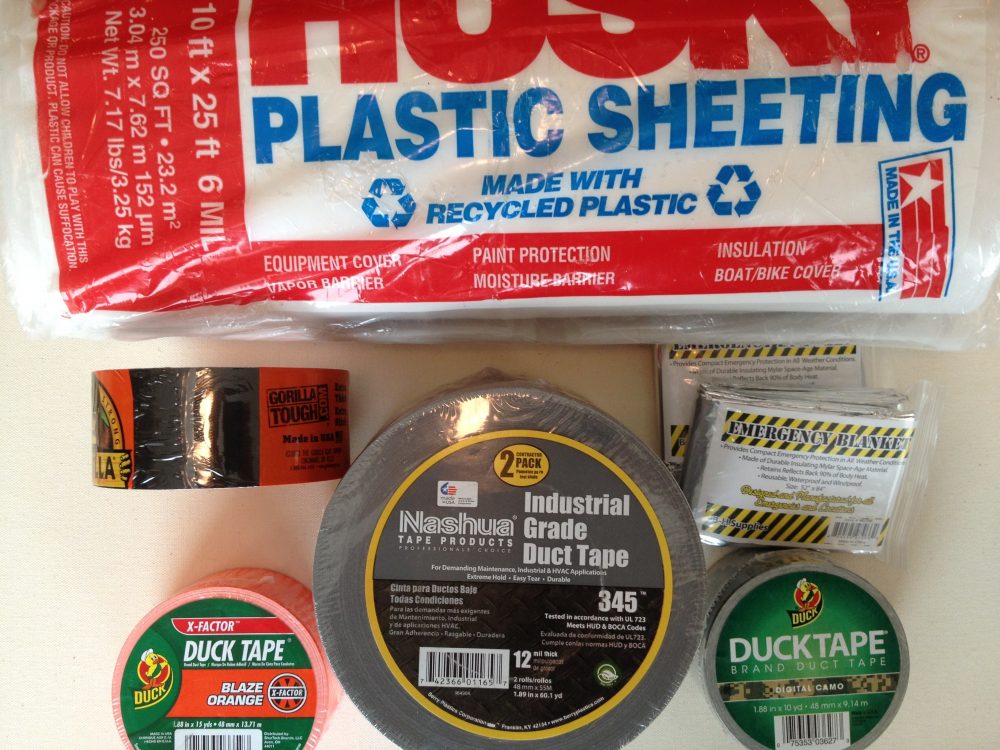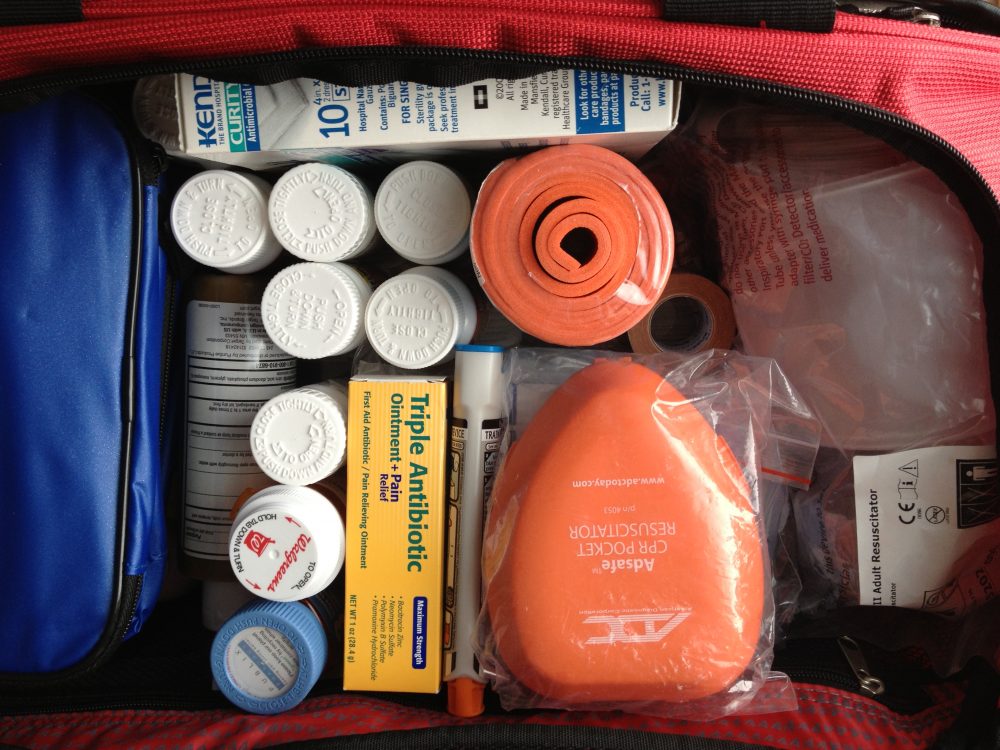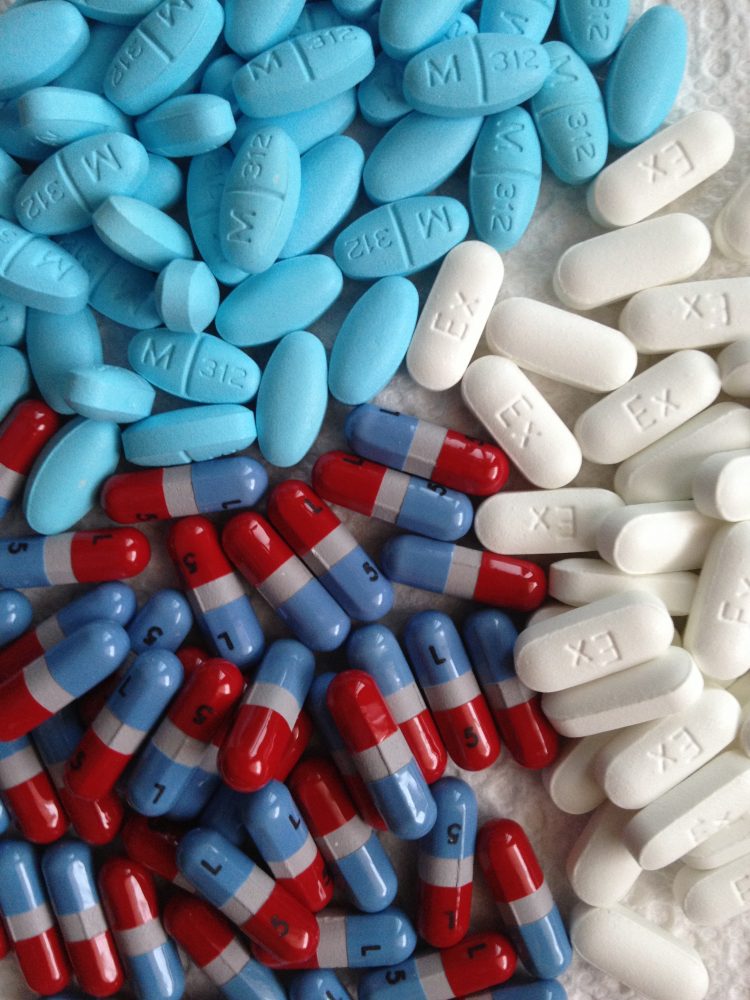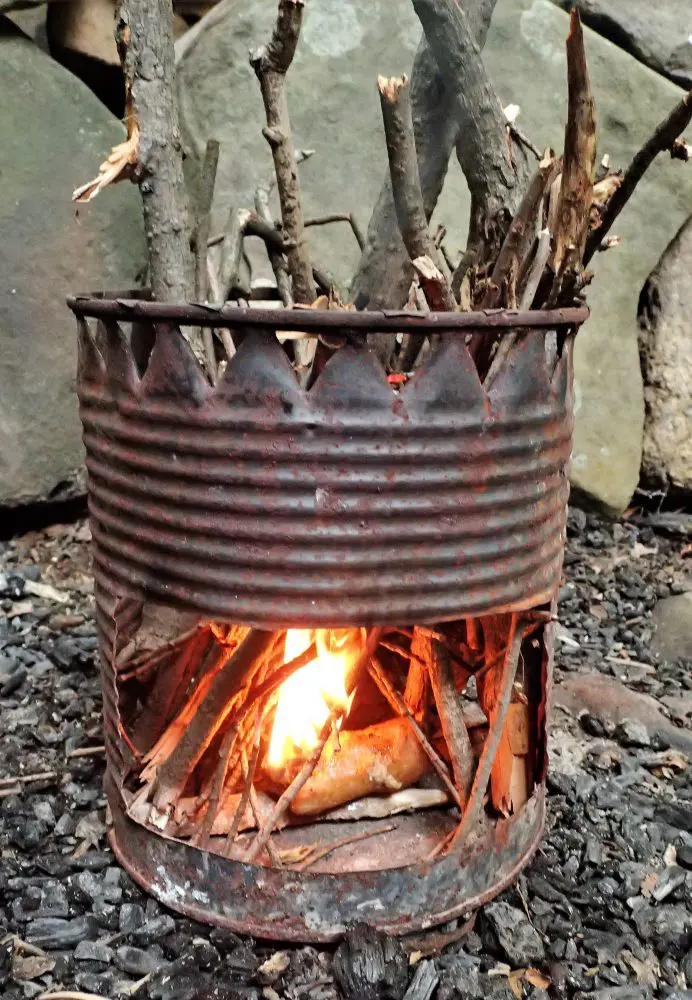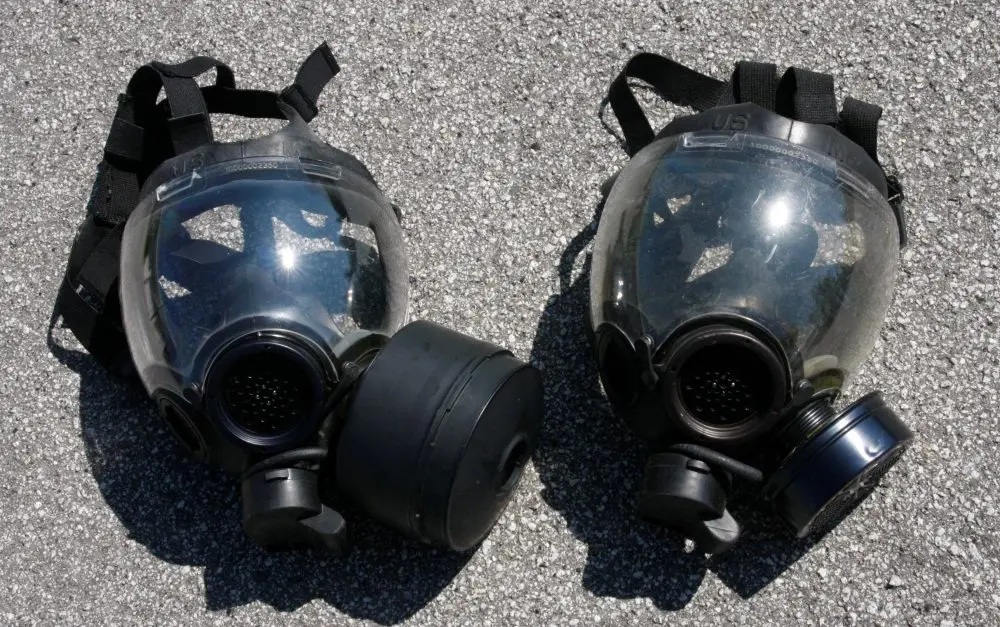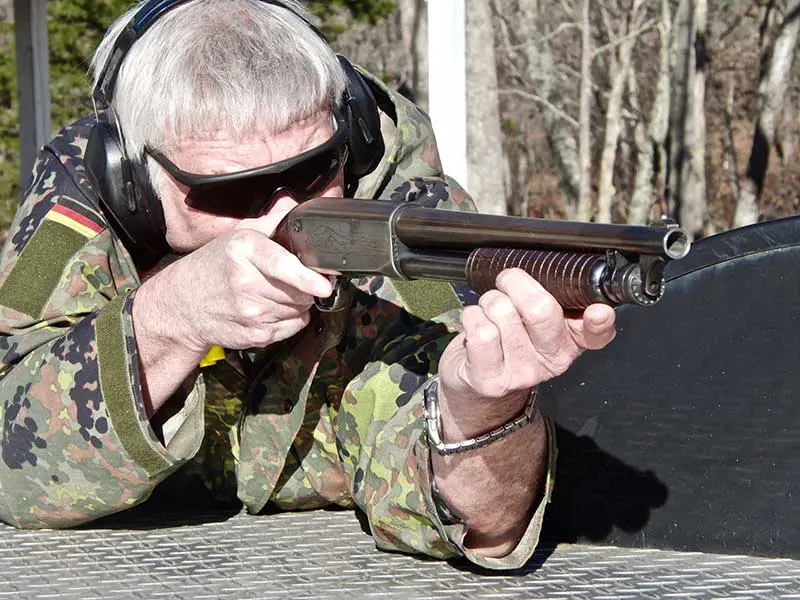Maintain a generous supply of N95/N100 masks, which are readily available and inexpensive. Worn properly, masks help prevent the spread of infection. During the 2009 H1N1 influenza pandemic, N95 masks were almost impossible to find at any price.
Few things ramp up the fear factor higher than the threat of bio-chemical terrorism. While few of us lose any sleep worrying about a zombie apocalypse, bio-chemical threats are the stuff of nightmares as we imagine ourselves and our loved ones dying while screaming in agony and bleeding from every orifice.
What makes this kind of terrorism so scary is that it’s deadly. We’re essentially sitting ducks, and there are dozens of scenarios that could result in a high number of fatalities, widespread panic, and serious social and economic disruption. Our densely populated urban centers would be among the most likely and vulnerable targets.
Although few people realize it, the possibility that we may one day be personally affected by a bio-chemical event hangs over our collective heads like a guillotine. Advances in technology and easy access to raw materials have made it possible for almost anyone to set up an inexpensive lab and start creating death in a test tube.
Couple that with declining funding for disaster preparedness and an untrained population, and it’s not surprising that in recent years, experts have warned that bio-chemical terrorism is one of the biggest threats we face. Some experts say it’s not a matter of if, but when.
What’s the good news? In spite of the risks, there are many reasonable and rational steps we can all take not only to plan and prepare for the unthinkable, but also to increase our chances for survival.
Antibacterial gels, soaps, and personal hygiene products are inexpensive and store well. Stock up!
Table of Contents
WHAT IS BIO-CHEMICAL TERRORISM?
A bio-chemical attack is the deliberate dispersion of biological (contagious diseases, viruses, bacteria) or toxic chemical (in a naturally occurring or human-modified form) agents to cause death, disease and infection in humans, animals or plants—cell death in the case of toxins. Bio-chemical agents can be spread through air, water or by physical contact or ingestion, utilizing a manmade device or infected humans or animals. Among the most deadly are anthrax, sarin, ricin, smallpox, and plague—these are just a few, and many more exist.
Imagine a threat that you may not be able to see, touch, smell or detect until it’s too late. An attack may not be apparent until people start getting sick or dying, and even then early symptoms may be misdiagnosed due to the delay between exposure and the onset of illness. But once a large number of people start dying, shock, confusion, fear and panic will quickly overwhelm the population. This is one of those nightmare scenarios so dark and horrifying that the mind has trouble processing it.
Plastic sheeting and quality duct tape can make quick work of sealing doors and windows. While not 100% effective, sealing a room will reduce exposure, at least for a short period of time.
In the aftermath of an attack, we should expect nothing short of widespread chaos and total pandemonium. Unlike the movies, the cavalry will not mobilize and quickly come to the rescue. Many people may die before any meaningful help arrives. And even when help does arrive, it will be limited, since most of the initial efforts and resources will be directed at identifying the agent(s) used, isolating the infected, and taking immediate steps to protect against additional attacks.
In many instances, the infected will have little chance of survival. In the case of anthrax, 90 to 100% of those who inhale it die if untreated. The longer it takes to receive treatment, the lower the odds of survival.
During an attack, the likelihood of a quick and efficient medical response is very low, especially if there are a large number of victims spread out over an expansive urban area. Hospitals, emergency rooms and medical personnel will be overwhelmed by the infected, those who fear exposure, and victims with collateral damage—broken bones, lacerations, blunt-force trauma—resulting from the inevitable human stampede.
Depending on the agent(s) used and how quickly symptoms become apparent, large portions of the population may need to be kept isolated. It’s not difficult to see why even the threat of an attack can ignite waves of panic and disruption on a massive scale. Is our nation ready for these threats? Probably not, but this shouldn’t surprise anyone.
Maintain a high quality first-aid kit and emergency medical supplies to address your anticipated needs. Plan for any medical conditions that you or your family members have, and don’t neglect condition-specific medical supplies and equipment. Take a first-aid class and learn how to use your supplies.
THE AFTERMATH
In the immediate aftermath of an attack, we can expect the following:
- Many infected, dead or dying people, with a high concentration of casualties clustered in and around populated urban centers, including transportation hubs, airports, ports, train stations, shopping malls and wherever large groups of people congregate. These are the most likely targets for any initial attacks.
- Hospitals, emergency rooms, urgent-care centers, doctors, nurses, support staff and all first responders completely overwhelmed by the number of victims and the lack of adequate personnel, supplies and medical equipment.
- A population gripped by mass hysteria, fear, panic and total desperation. If history is any indicator, first response plans will be woefully inadequate and few governmental agencies will be prepared or well coordinated. Depending on the extent of the attacks, expect panic and chaos, possibly on a national level.
- Restricted access into and out of all affected areas, and widespread transportation disruptions. If the attacks are significant enough, transportation systems will be affected on a national level, similar to the events of 9/11, which grounded all air traffic.
- Lots of misinformation, speculation and conjecture, with little accurate news and few solid details coming from government officials or the media.
- Shortly after the attacks, a breakdown of law and social order, and an overall increase in criminal activity, especially looting and random acts of violence. Police and other first responders will also be completely overwhelmed. In recent years, many large cities and suburbs have slashed their budgets and significantly reduced the size of their emergency services and law enforcement departments. During any emergency, there will be far fewer first responders and law enforcement personnel available.
- Public resources stretched to the maximum. Many departments have also significantly cut their equipment budgets and have had to delay replacing outdated equipment or, worse yet, been forced to give up equipment. There will be fewer resources, and those available will be spread very thin.
- Deployment of the National Guard and the implementation of curfews and possibly martial law.
- Public fear compounded by serious flaws in media reports will stoke the fires and ignite massive shortages of food, water, medication, first aid supplies, and other necessities. This will not happen days or weeks after the attacks but within hours, as people realize the seriousness of the situation. Panic is contagious and will extend far outside the affected areas. As people in surrounding locations learn of the attacks, they will either try to flee (causing further unnecessary transportation problems and blocking access for emergency personnel) or will begin panic-fueled hoarding of gasoline, food and water (causing more hysteria and further depletion of available resources).
- Emergency employees, including first responders, support staff and medical personnel, may not be able to get to work. This could be due to congested highways, blocked roadblocks, unsafe conditions, government-imposed quarantine or maybe just folks who are unwilling to leave their family during such a dangerous time.
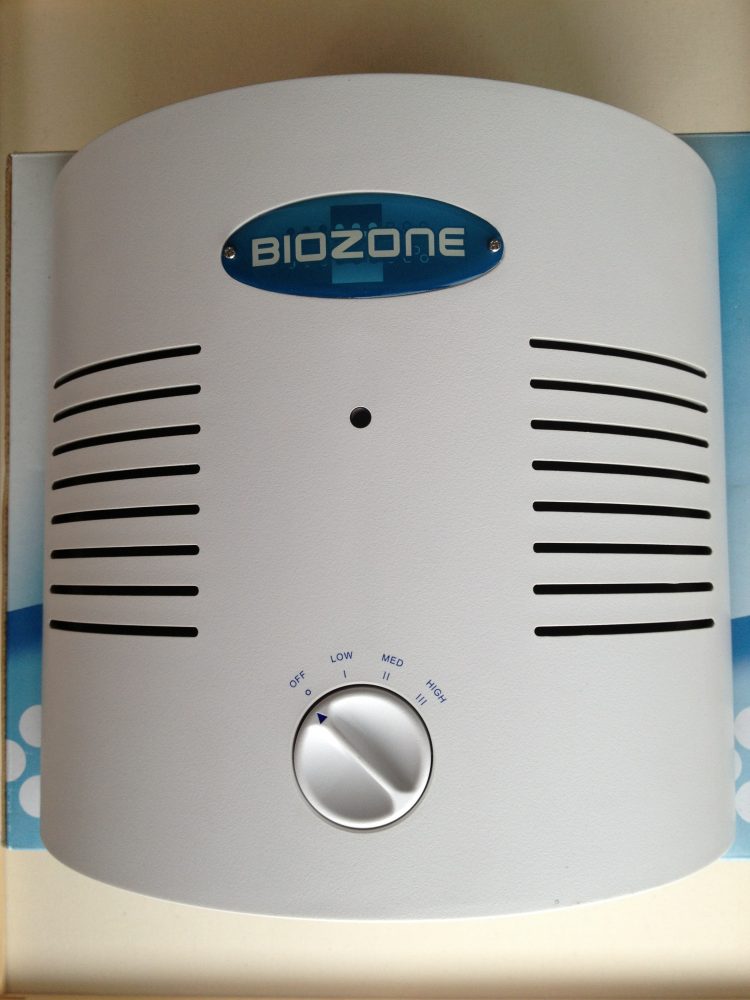
PREPARATIONS
What should you do to prepare on a personal level? At the first sign of an attack, experts advise you to cover your eyes, nose, mouth and as much exposed skin as possible, stay low, and try to leave the immediate area. This may seem obvious, but it’s not uncommon for people to freeze and stand around waiting for someone in authority to give them instructions.
Don’t be one of those people. Get away as quickly as possible and stay away. Once you leave the suspected area, don’t return for any reason. Call 911 for help as soon as you can, and try to limit your movements and contact with others. The 911 system may be overwhelmed or completely down. Keep the local numbers for your police and fire rescue departments with you at all times.
If you’re outside the immediate area of the attacks, stay home. Leaving the relative safety of your home without knowing the full extent of the danger will put you at a much higher level of risk. Roads and highways will most likely be inaccessible anyway.
But staying home will only be possible if you have food, water, medical supplies and other emergency items needed for survival. If you lack these basic supplies, staying put becomes next to impossible. There is no better time than right now to assess your level of preparedness and make necessary adjustments.
SUPPLIES TO BUY AND STORE
Supplies will be difficult—at best—to obtain in the aftermath of an attack or outbreak. The time to prepare, plan and secure your supplies is far in advance of any potential threat, and long before the panic starts. Here is a general list of medications and emergency supplies to consider. Although some of these supplies are expensive, once an actual event occurs, they may not be available at any price.
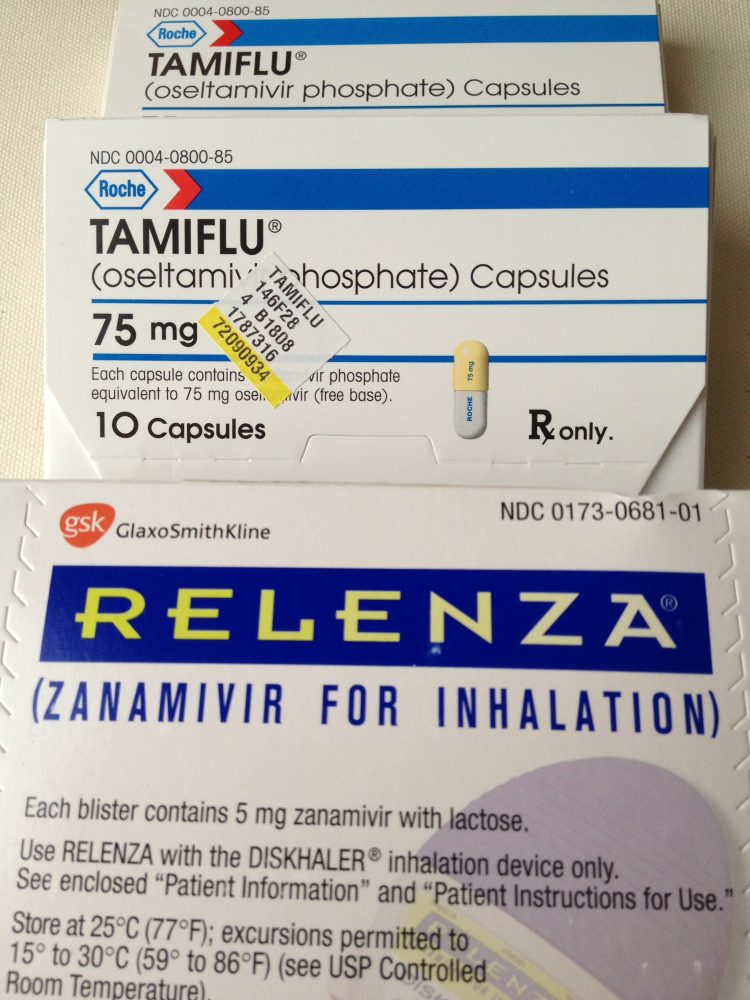
1. Food and water: Heat-and-eat, no-cook, calorie-dense options are best. Also secure an abundant supply of fresh bottled water.
2. Anti-viral medications: Prescription medications such as Tamiflu and Relenza have been shown to prevent and treat some types of flu, such as Avian and H1N1. They should be taken before or shortly after infection.
3. Antibiotics: To give one example, Ciprofloxacin is a broad-spectrum antibiotic that is effective against the anthrax bacteria.
4. High Efficiency Particulate Air (HEPA) Filters: These filters remove particles in the 0.3 to 10 micron range and will filter out most biological agents that may make their way into your house. They will not filter chemical agents.
5. Plastic barrier sheeting: To cover doors, windows and vents in an internal designated room to help block out hazardous agents. Buy at least 6 mil sheeting and a good supply of duct tape.
6. N95/N100 particle masks: Some studies suggest that, used correctly, wearing a mask can help prevent the spread of viruses.
7. Face shield/goggles: Protect eyes from contamination associated with airborne droplets from a sneeze or contact with hands.
8. Latex or Nitril gloves: Prevent germs from getting on your hands, where they can be spread to your mouth, eyes, nose or even other people. Hands should always be washed after gloves are removed.
9. Antibacterial soaps, gels, and wipes: Health organizations remind people that washing your hands with warm water and soap is the most effective defense against infectious diseases. If washing is not an option, use an alcohol-based hand gel as a backup.
10. Prescription medication: Keep at least a 30-day supply of any prescription medications that you take on a regular basis. During a disaster or public emergency, these medications may be in short supply or unavailable.
11. Ibuprofen and Acetaminophen: For aches, pains and fever.
12. Phenergan: A prescription anti-nausea medication.
13. First-aid supplies: To treat minor injuries and more serious situations until the person can be professionally treated.
14. Chlorine bleach: To clean and disinfect hard surfaces.
Store a minimum 30-day supply of prescription and non-prescription medications. Have extra medication and supplies for family members with medical conditions requiring maintenance drugs or daily treatment, such as diabetes and high blood pressure.
CONCLUSION
In life, there are no guarantees for anyone—not even for the folks who plan and prepare. Bio-chemical attacks are deadly, and the terrorists who carry them out have the advantage and the element of surprise.
It could take days to detect that a deadly biological agent has been introduced among the population. There are risks so lethal that we will never be 100% safe no matter what safety measures we enact, but we can still take precautions to protect our family and ourselves.
Recognize the risks, have a plan, and make reasonable preparations so you at least have a fighting chance.
Richard Duarte is a practicing attorney and currently teaches and consults in the areas of urban survival planning and preparation. He is the author of Surviving Doomsday: A Guide for Surviving an Urban Disaster. For the latest news and updates, connect with Richard on www.survivingdoomsdaythebook.com.
